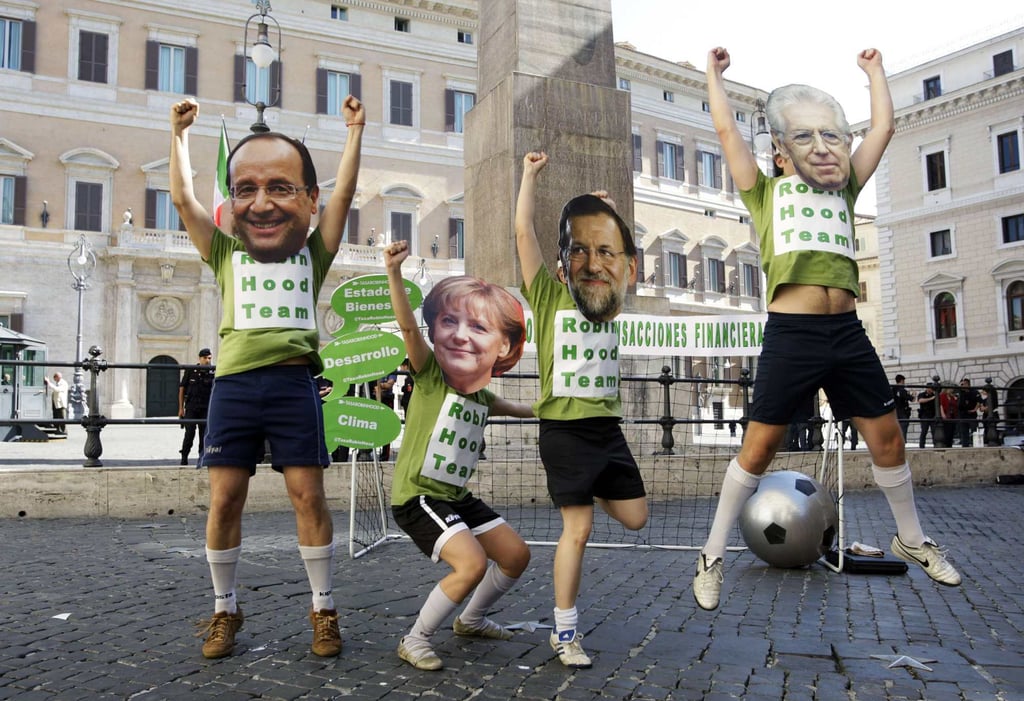Macroscope | Forget the 2013 ‘tantrum’ playbook as the US Fed prepares to taper its bond buying
- In 2013, Treasury yields fell as tapering began, leaving bond and corporate debt markets higher. This time, US bond yields are likely to rise and could dampen returns in a stock market already jumpy from overheated valuations

But there are important differences between then and now that should caution investors against simply copying and pasting their 2013 playbook.
After the Fed announced, in December 2013, that it would begin to reduce its bond buying, both equities and fixed-income securities ended up having a good year in 2014. The S&P 500 was up 13.7 per cent, and the MSCI Asia-Pacific ex-Japan index was up 3.1 per cent. US government bonds and investment-grade corporate debt also delivered returns of 6.1 per cent and 7.6 per cent to investors that year. So far so good.
Yet, if you dig deeper into the numbers, you can see there were considerable differences between markets that showed the Fed’s policy change was not the only game in town.

In Asia, the 3.1 per cent return generated by the MSCI Asia-Pacific ex-Japan index in 2014 also masked a wide divergence among Asian markets. India was up 26 per cent that year while South Korea was down 10.7 per cent.
